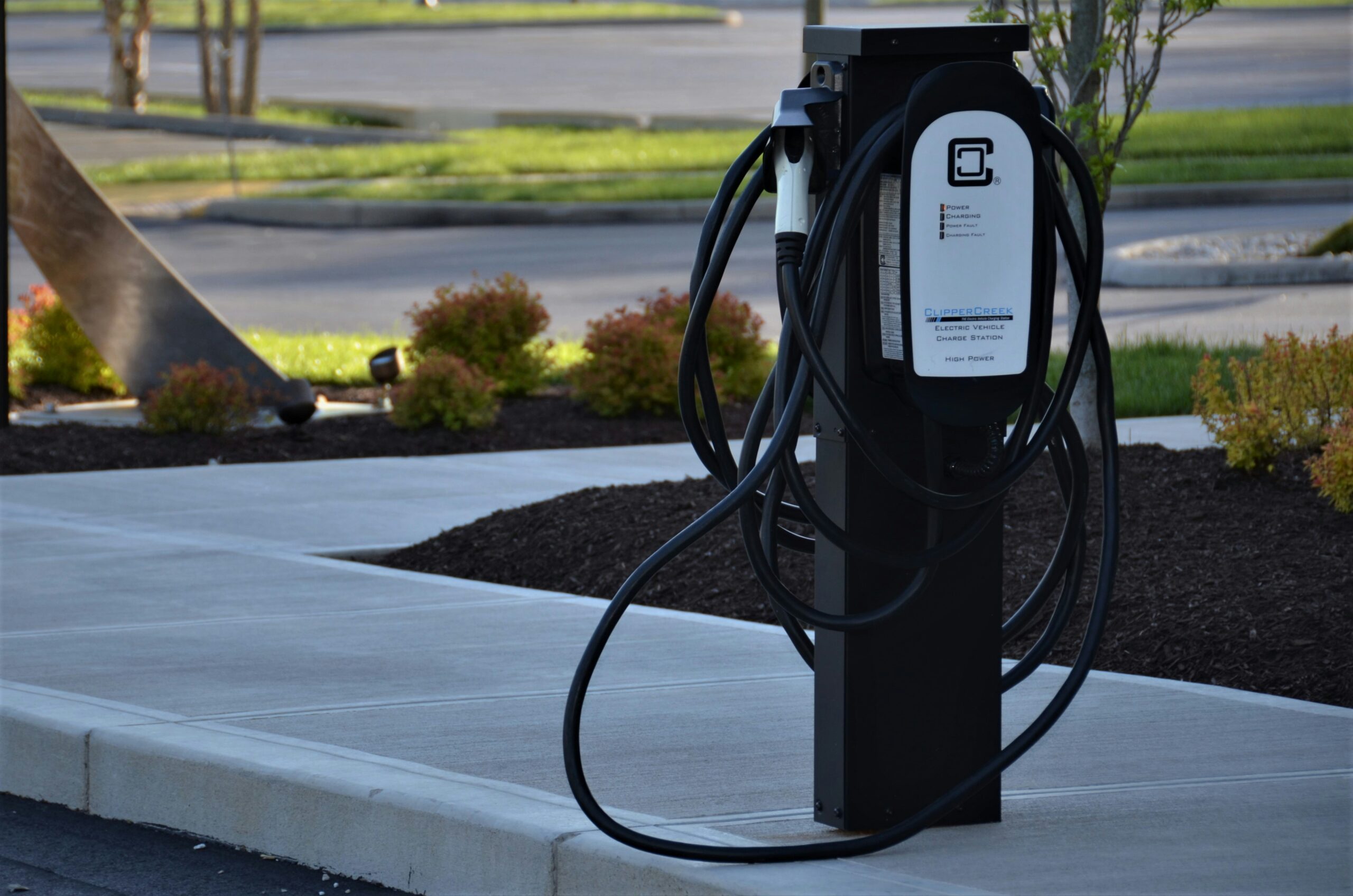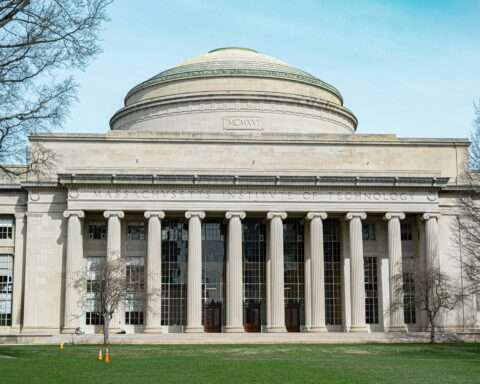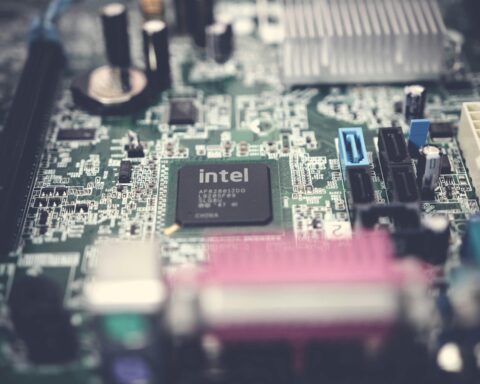As electric vehicle (EV) usage in the United States grows, the U.S. Department of Energy (DOE) is making $65 million available to communities and developers to continue energy grid innovations.
The Connected Communities 2.0 funding opportunity, which is part of the Connected Communities program, will support research and development of technologies that will ensure the power grid’s flexibility, resilience and availability.
“Connected Communities 2.0 will supercharge these efforts by forging innovations that can be replicated in communities across America while ensuring affordability, equity, and resilience,” Principal Deputy Assistant Secretary for Energy Efficiency and Renewable Energy Jeff Marootian said in a press release.
The DOE’s Office of Energy Efficiency and Renewable Energy (EERE) will allocate and grant awards through its Building Technologies Office and Vehicle Technologies Office. Connected Communities 2.0 will distribute funds to automotive manufacturers, communities and grid organizers looking to pioneer energy initiatives. Through two topical areas, Connected Communities and Smart Charge Management will lead the innovation driven by the Connected Communities 2.0 program.
A portion of the funding allocation will support efforts to address increasing electrical usage and strain on the electrical grid from homeowners and connected infrastructure.
The Smart Charge Management topical area will appropriate funds to stakeholders who are working to increase the electrical grid’s ability to withstand larger loads.
Some main focuses for the Connect Communities 2.0 FOA are to demonstrate feasibility of a smart community’s national integration, strategies for Smart Change Management and approaches toward improved resilience for the overall grid.
Applicants are required to submit concept papers online by Aug. 20. The full application deadline is Oct. 10.
Since 2020, the Connect Communities program has integrated several energy resources into the existing grid depending on various conditions. As a part of the national program rollout, the DOE selected 10 pilot projects for funding with $61 million being invested in the grid. Projects were awarded varying amounts from $4.2 million to $6.65 million in grants.
Some of the first smart community initiatives began in Georgia and Alabama in 2017. Alabama developed its first smart community with 62 high-performance connected homes intertwined in their own microgrid. This was the first microgrid of its kind in the southeast to support not only its own residential community, but community-scale grid resilience.
In 2019, Georgia Power, with the help of Alabama’s smart community, the Building Technologies Office and the DOE, developed Georgia’s first smart community with a 46-townhome community outside of Atlanta. According to initial findings, these smart communities used 39% less energy than other comparable neighborhoods in the same area.
Photo by Roger Starnes Sr on Unsplash













